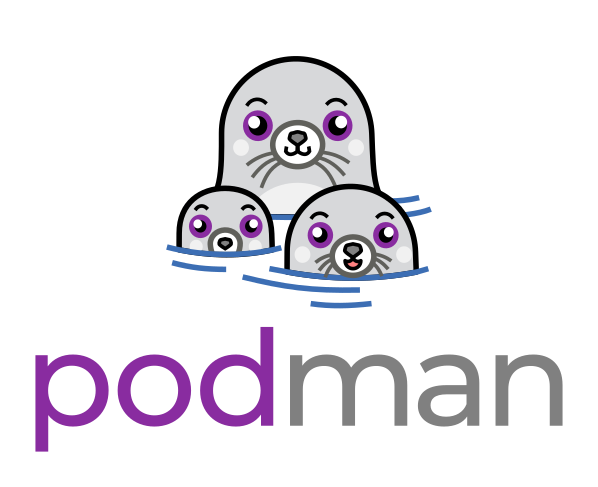mirror of
https://github.com/containers/podman.git
synced 2025-05-17 06:59:07 +08:00
56 lines
1.5 KiB
Markdown
56 lines
1.5 KiB
Markdown

|
|
|
|
# How to use libpod for custom/derivative projects
|
|
|
|
libpod today is a Golang library and a CLI. The choice of interface you make has advantages and disadvantages.
|
|
|
|
Using the REST API
|
|
---
|
|
|
|
Advantages:
|
|
|
|
- Stable, versioned API
|
|
- Language-agnostic
|
|
- [Well-documented](http://docs.podman.io/en/latest/_static/api.html) API
|
|
|
|
Disadvantages:
|
|
|
|
- Error handling is less verbose than Golang API
|
|
- May be slower
|
|
|
|
Running as a subprocess
|
|
---
|
|
|
|
Advantages:
|
|
|
|
- Many commands output JSON
|
|
- Works with languages other than Golang
|
|
- Easy to get started
|
|
|
|
Disadvantages:
|
|
|
|
- Error handling is harder
|
|
- May be slower
|
|
- Can't hook into or control low-level things like how images are pulled
|
|
|
|
Vendoring into a Go project
|
|
---
|
|
|
|
Advantages:
|
|
|
|
- Significant power and control
|
|
|
|
Disadvantages:
|
|
|
|
- You are now on the hook for container runtime security updates (partially, `runc`/`crun` are separate)
|
|
- Binary size
|
|
- Potential skew between multiple libpod versions operating on the same storage can cause problems
|
|
|
|
Making the choice
|
|
---
|
|
|
|
A good question to ask first is: Do you want users to be able to use `podman` to manipulate the containers created by your project?
|
|
If so, that makes it more likely that you want to run `podman` as a subprocess or using the HTTP API. If you want a separate image store and a fundamentally
|
|
different experience; if what you're doing with containers is quite different from those created by the `podman` CLI,
|
|
that may drive you towards vendoring.
|